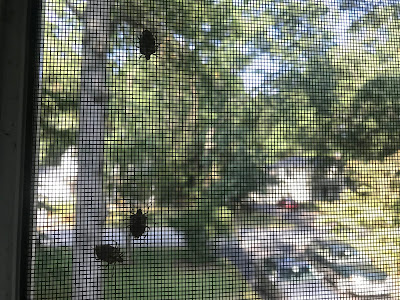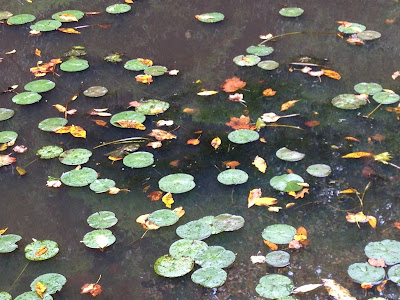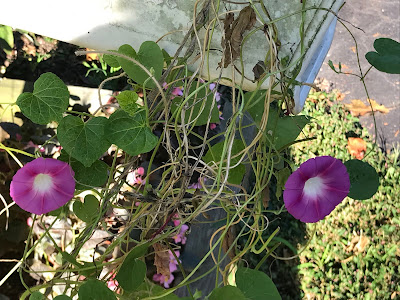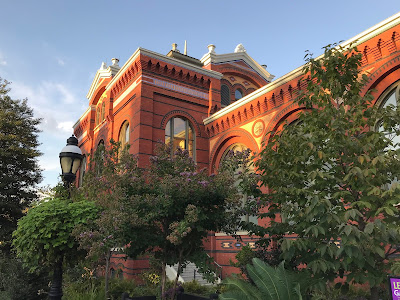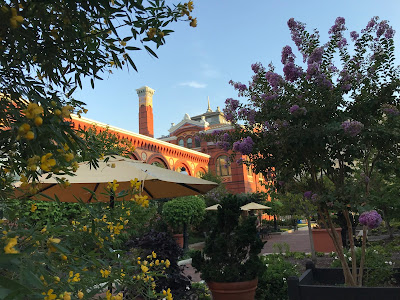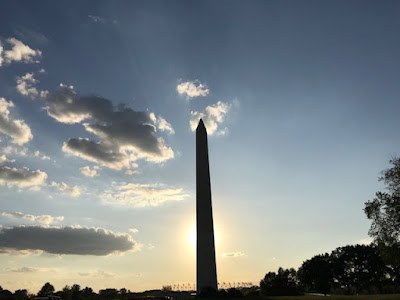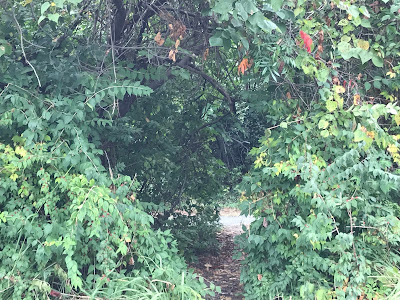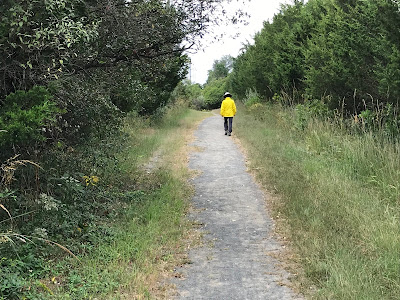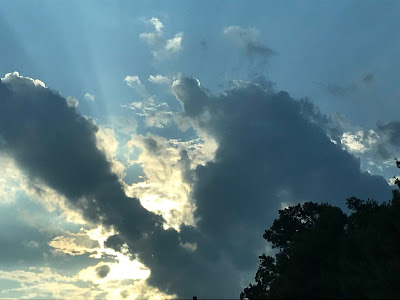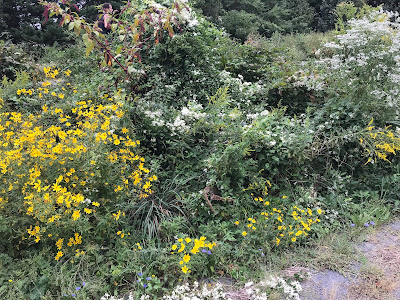Stinkbug Season
They fly in from who-knows-where, these funny armored bugs — in from fields where they’ve been gorging themselves all summer, I guess. And predictably, on warm days late in the season, they congregate on our windows and doors and, if possible, inside the house, too.
A stinkbug announces itself with a whirring sound and, when disturbed, will emit a cloying aroma that smells a little like cilantro.
But in the old days, I knew they were around when I heard a certain kind of shriek, as this house full of girls reacted, I’m afraid to say, in a most gender-stereotyped way. One especially notable occasion happened late one night when a daughter pulled down her window shades only to find that a bunch of stinkbugs had nested there during the day.
Now the bugs are calmly scooped up and cast out when they’re found. Not without a shiver, though.
(Luckily, these critters are on the outside of the screen.)
